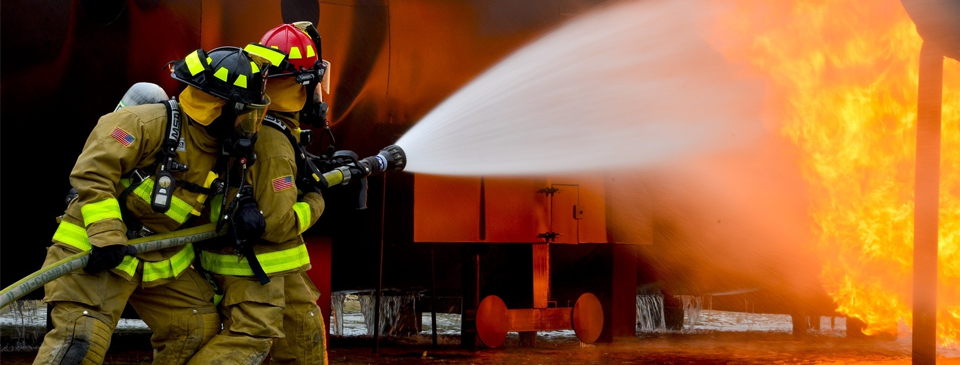The burning issue of regulatory action in Victoria and New South Wales for aluminium composite cladding

The involvement of aluminium composite panel cladding in fires in multistorey residential buildings in Australia and internationally has rippled a shockwave of concern amongst property owners, building industry participants, insurers and regulators. This article will look at some of the recent legislative reforms proposed surrounding the use of ACP.
On 14 June 2017, the 24-storey Grenfell Tower block in West London went up in flames resulting in 72 deaths. On 25 November 2014, the Lacrosse building in Melbourne was similarly engulfed causing the evacuation of approximately 450 to 500 people. What both these incidents have in common is the involvement of aluminium composite panel (ACP) cladding.
ACP comprises two sheets of aluminium with a core which is composed of a number of different materials ranging from a combustible polymer (such as polyethylene) to materials deemed non-combustible by the National Construction Code (NCC) (such as compressed fibre cement). Most ACP contains a combustible polymer with the amount of that material ranging from 1% to 100% depending upon the type of ACP used.
The renewed attention on ACP has ignited a wave of concern amongst property owners, building industry participants, insurers and regulators in Australia and beyond. The use of ACP in the facades of multistorey buildings in Australia has resulted in many owners of buildings and strata units actioning the following:
- identification of types of ACP present and assessment of suitability
- performing risk assessments concerning ACP cladding
- identifying necessary remedial works to address fire hazards to life and property caused by the use of ACP and
- considering recovery action that may be taken against the party/ies responsible for ACP being used
New South Wales and Victoria have recently proposed their own legislative reforms surrounding the use of ACP: Victoria has introduced the Building Amendment (Registration of Building Trades and Other Matters) Bill 2018 while New South Wales implemented the Building Products (Safety) Act 2017 (NSW) (BPS Act) last year, with the BPS Act giving broad powers to the Fair Trading Commissioner to ban any building product that is considered to be a “safety risk” by causing or threatening risk of death or serious injury to the occupants of a building.
Building industry practitioners, owners and insurers should be aware that regulatory reform is coming for combustible cladding, and with costly rectification costs likely to be incurred, building owners will be seeking to recover rectification costs. While it is beyond the scope of this article, those claims will involve issues such as the type of combustible cladding used, design responsibilities, products specified, products used, BCA/NCC provisions which applied at the time of construction, statutory warranties, contractual terms, and any representations made concerning the combustible cladding products.
This is an excerpt from an article by Ben Robertson, CARROLL & O’DEA.
It appears in the Australian Civil Liability Newsletter vol 15 no 5. To view the full article on Lexis Advance, click here. To subscribe to the Australian Civil Liability Newsletter, email or call us on 1800 772 772.
 LexisNexis
LexisNexis